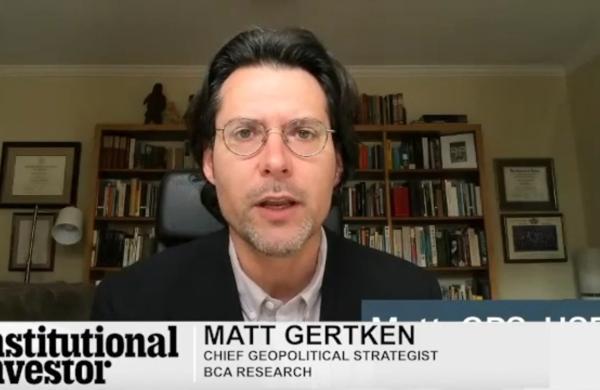China has dominated headlines in August: the devaluation of the yuan, weak export data and the subsequent global market volatility, especially on Black Monday.
Markets are following a classic playbook of uncertainty and modest derisking in stocks and a mild flattening in yield curves. Performance of the Standard & Poor’s 500 and the U.S. yield curve are broadly in line with the average of the run-up to the past five rate-hiking cycles. There are, of course, many warnings that equities will struggle when rates start rising. In the short term, history bears this out. In the three months following the start of a hiking cycle, the S&P tends to dip by an average of about 5 percent, but subsequently stocks tend to regain their poise and returns outstrip bonds for the remainder of the hiking cycle. History tells us that investors should dump stocks on the last rate hike, not the first.
A softening China has important global implications. China is in the painful process of changing how it achieves growth, aiming for consumption and productivity, rather than exports and capital expenditures. Market liberalization efforts, such as moves toward floating the currency, are fundamental to this process. Although there is worrisome weakness in China, the notion that the drop in the value of the yuan was the opening salvo in a currency war is likely wide of the mark. Whereas it is true that the move is, at the margin, disinflationary, the scale of the yuan decline must be taken into context alongside the moves of other currencies such as the euro, the yen and the Australian dollar. A 4 percent drop is large relative to the yuan’s trading band in recent years but tiny compared with the recent price action in other currencies. If this were the Chinese declaring a currency war, they have brought a peashooter up against a cannon — hardly the play we’d expect. Our belief is that we’ve simply seen another step toward China’s goal of gradual liberalization of the country’s financial markets.
Far more profound is China’s reduced demand for commodities, a secular issue that will weigh meaningfully on emerging markets for some time. China plays a central role in driving demand for major commodities, and less demand means lower commodity prices, in turn keeping a lid on global inflation.
The European recovery and the fluctuating relevance of Greece remain key themes. It is noteworthy just how isolated the recent weakness in the Greek economy is from the broader euro zone. We should not play down the hard road that Greece has ahead in repairing its economy, yet Greece itself now has little bearing on Europe’s broader economy. The most recent Greek crisis is likely to manifest itself as little more than a temporary blip in euro zone–wide confidence survey data. We note that despite the recent volatility, European equity earnings growth is now outstripping that in the U.S. for the first time in five years, albeit from a much lower base. Significantly for Europe, where 80 percent of corporate financing comes from banks, credit growth relative to gross domestic product is at its best level since before the financial crisis, adding further support to equity markets over the next 12 months.
The double dip in oil prices also has to be considered. Massive inventory growth in the U.S. at the beginning of the year and global oversupply have put pressure on oil prices. As the peak U.S. driving season comes to an end, the inventory overhang is again dictating the oil price. The excessive stock of crude oil, together with cost cutting by producers, meant that when West Texas Intermediate was north of $55 per barrel, the market simply couldn’t clear. In the low-to-mid-$40s range, we see much more scope for demand growth to gradually match supply and for inventories to decline. Of course, weak oil — especially in combination with a strong dollar — is not helpful to S&P earnings. If we account for the effect of oil and the dollar, earnings will be a scratch this year in the U.S.; the bad news is, we’ve forgone a year of earnings growth, but the good news is that we know why. There’s no denying it’s been a frustrating year for U.S. equity bulls, but there are certainly reasons to be positive.
We prefer to be able to buy into any excessive weakness, so today we recommend dialing back risk a little. At the same time, we see much more balance in bond markets now between disinflationary pressure from emerging markets and commodities and the eventual reality of rising rates in the U.S.
John Bilton is global head of multiasset strategy at J.P. Morgan Asset Management in London.
Get more on macro.






